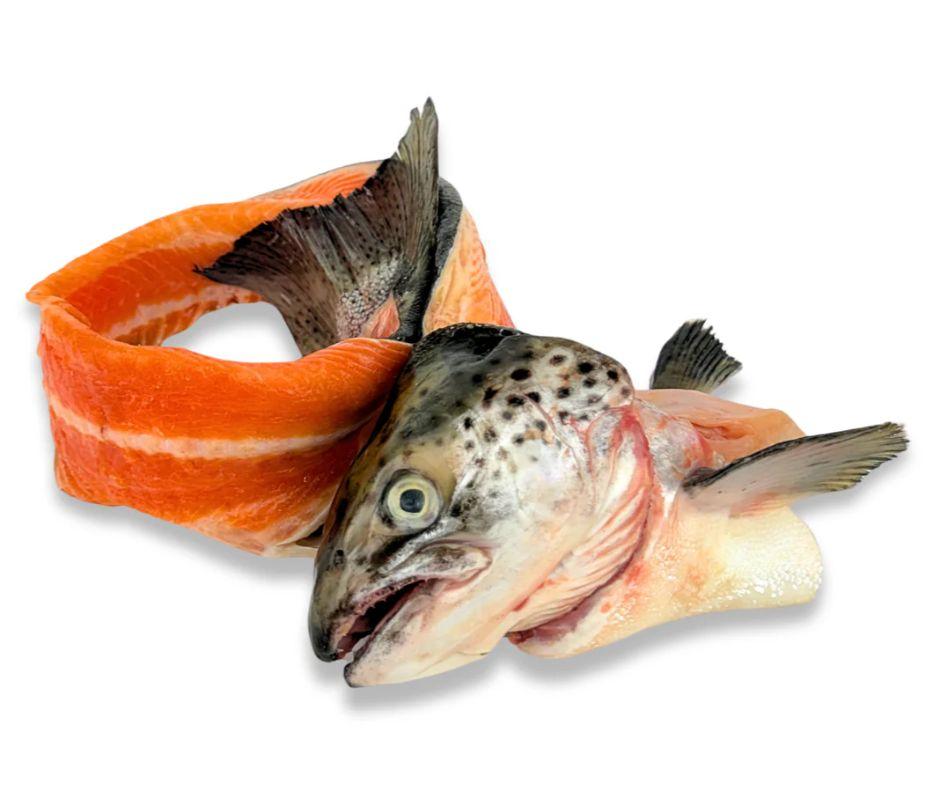When it comes to the well-being of our beloved canine companions, diet plays a pivotal role in ensuring their health and happiness. As pet owners, we often find ourselves questioning the components of their meals, particularly when it comes to fatty foods. While fats are an essential part of a dog’s diet, providing energy and supporting cell function, it’s crucial to strike the right balance. In this article, we will explore the role of fats in a dog’s diet, the types of fatty foods that can be beneficial or harmful, and how to make informed decisions to keep your furry friend thriving. Whether you’re a seasoned pet parent or new to the world of dog care, understanding the nuances of canine nutrition can help you make choices that promote a long and healthy life for your four-legged family member.
Understanding Fatty Foods and Your Dogs Health
When considering your dog’s diet, it’s crucial to understand how fatty foods can impact their health. While fats are a necessary part of a balanced diet, providing energy and supporting cell function, too much can lead to issues. It’s important to be mindful of the types and quantities of fats your furry friend consumes. Here are some key points to consider:
- Essential Fats: Healthy fats like Omega-3 and Omega-6 fatty acids are vital for your dog’s coat, skin, and brain health. Sources such as fish oil and flaxseed can be beneficial.
- Moderation is Key: Excessive fat intake can lead to obesity, pancreatitis, and other health problems. Ensure your dog’s diet is balanced and consult with a veterinarian for personalized advice.
- Avoid Harmful Fats: Steer clear of high-fat human foods like bacon or fried snacks. These can be detrimental to your dog’s health, leading to digestive issues and other complications.
By understanding the role of fats in your dog’s diet, you can help maintain their health and happiness. Always prioritize a balanced diet and consult with professionals when making dietary changes.

The Benefits and Risks of Fatty Foods for Dogs
Fatty foods can be a double-edged sword when it comes to canine nutrition. On the positive side, fats are a vital source of energy for dogs, providing twice as many calories per gram as proteins and carbohydrates. They are essential for healthy skin and coat, contribute to brain function, and play a role in the absorption of fat-soluble vitamins like A, D, E, and K. Including healthy fats in your dog’s diet can lead to a shiny coat, improved cognitive function, and a robust immune system.
However, it’s crucial to balance the benefits with the potential risks. Overconsumption of fatty foods can lead to obesity, pancreatitis, and other health issues. Dogs with certain medical conditions or those prone to weight gain should have their fat intake carefully monitored. When feeding your dog, consider the following:
- Choose high-quality, natural sources of fat, such as fish oil or flaxseed oil.
- Monitor portion sizes to prevent excessive calorie intake.
- Consult your veterinarian to tailor a diet that suits your dog’s specific health needs.
With mindful feeding practices, you can harness the advantages of fats while minimizing the risks, ensuring a happy and healthy life for your furry friend.

How to Safely Incorporate Healthy Fats into Your Dogs Diet
Incorporating healthy fats into your dog’s diet can be a game-changer for their overall well-being, but it’s crucial to do so with care. Healthy fats are essential for maintaining a shiny coat, supporting brain health, and providing a sustained energy source. Start by introducing fats like fish oil or flaxseed oil, which are rich in omega-3 fatty acids, known for their anti-inflammatory properties and ability to support cognitive function.
- Fish Oil: Provides omega-3s that can help with joint health and inflammation.
- Flaxseed Oil: A plant-based source of omega-3s, perfect for dogs with fish allergies.
- Coconut Oil: Offers medium-chain triglycerides (MCTs) that can boost energy and improve digestion.
- Olive Oil: Rich in monounsaturated fats, beneficial for heart health.
When adding these fats, moderation is key. Overfeeding can lead to weight gain and digestive issues. A good rule of thumb is to start with small amounts and observe how your dog responds, gradually adjusting the quantity as needed. Always consult with a veterinarian to tailor the fat intake to your dog’s specific dietary needs and health conditions.
Signs Your Dog May Be Consuming Too Much Fat
- Weight Gain: One of the most noticeable indicators that your furry friend might be indulging in too much fat is unexpected weight gain. If you find that your dog’s once sleek physique is now turning a bit rounder, it could be a sign of an imbalanced diet.
- Digestive Issues: An overload of fat can upset your dog’s digestive system. Look out for symptoms such as diarrhea or vomiting, which might suggest that their body is struggling to process the extra richness.
- Lethargy: A high-fat diet can lead to a decrease in your dog’s energy levels. If your typically active pooch seems less enthusiastic about playtime or walks, it might be time to evaluate their diet.
- Skin and Coat Problems: While fats are crucial for a healthy coat, too much can lead to greasy fur or skin irritations. Keep an eye out for changes in their skin condition or any unusual scratching.
- Pancreatitis Risk: Excessive fat consumption can elevate the risk of pancreatitis, a painful and potentially serious condition. Early signs include abdominal pain, loss of appetite, and fever. If you notice any of these symptoms, consult your vet promptly.
Keeping an eye on these signs will help ensure your dog stays healthy and happy. Always consult with your veterinarian when making significant changes to your pet’s diet.

